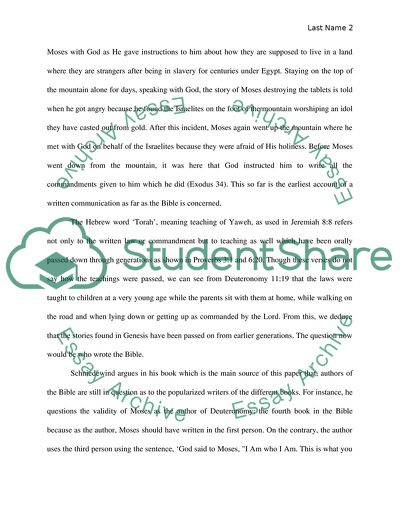Cite this document
(How the Bible Became a Book Coursework Example | Topics and Well Written Essays - 3250 words, n.d.)
How the Bible Became a Book Coursework Example | Topics and Well Written Essays - 3250 words. Retrieved from https://studentshare.org/religion-and-theology/1745633-history-from-the-patriarchs-to-the-rabbis
How the Bible Became a Book Coursework Example | Topics and Well Written Essays - 3250 words. Retrieved from https://studentshare.org/religion-and-theology/1745633-history-from-the-patriarchs-to-the-rabbis
(How the Bible Became a Book Coursework Example | Topics and Well Written Essays - 3250 Words)
How the Bible Became a Book Coursework Example | Topics and Well Written Essays - 3250 Words. https://studentshare.org/religion-and-theology/1745633-history-from-the-patriarchs-to-the-rabbis.
How the Bible Became a Book Coursework Example | Topics and Well Written Essays - 3250 Words. https://studentshare.org/religion-and-theology/1745633-history-from-the-patriarchs-to-the-rabbis.
“How the Bible Became a Book Coursework Example | Topics and Well Written Essays - 3250 Words”. https://studentshare.org/religion-and-theology/1745633-history-from-the-patriarchs-to-the-rabbis.


